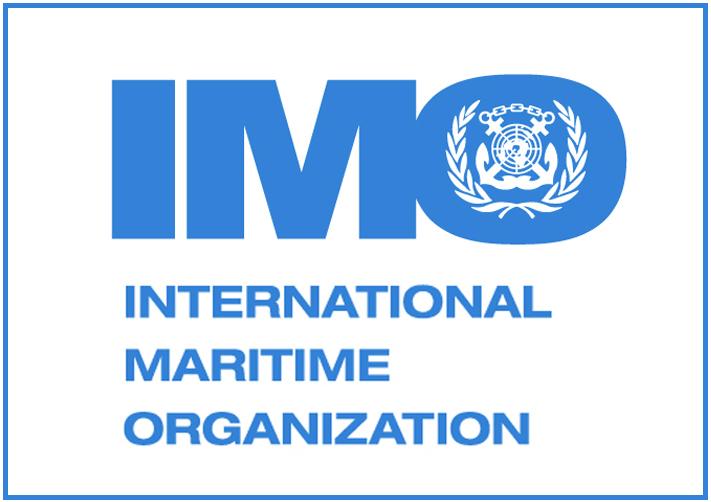International Code for the Construction and Equipment of Ships Carrying Dangerous Chemicals in Bulk, IBC Code (IMO-100E) is expected to be available July/August.
Carriage of chemicals in bulk is covered by regulations in SOLAS Chapter VII – Carriage of dangerous goods and MARPOL Annex II – Regulations for the Control of Pollution by Noxious Liquid Substances in Bulk. Both Conventions require chemical tankers built after 1 July 1986 to comply with the International Code for the Construction and Equipment of Ships carrying Dangerous Chemicals in Bulk (IBC Code).
The IBC Code provides an international standard for the safe carriage in bulk by sea of dangerous chemicals and noxious liquid substances listed in chapter 17 of the Code. To minimise the risks to ships, their crews and the environment, the Code prescribes the design and construction standards of ships and the equipment they should carry, with due regard to the nature of the products involved. In December 1985, by resolution MEPC.19(22), the Code was extended to cover marine pollution aspects and applies to ships built after 1 July 1986.
In October 2004, IMO adopted revised MARPOL Annex II Regulations for the control of pollution by noxious liquid substances in bulk. This incorporates a four-category categorisation system for noxious and liquid substances and it entered into force on 1 January 2007.
Consequential amendments to the International Bulk Chemical Code (IBC Code) were also adopted in October 2004, reflecting the changes to MARPOL Annex II. The amendments incorporate revisions to the categorisation of certain products relating to their properties as potential marine pollutants as well as revisions to ship type and carriage requirements following their evaluation by the Evaluation of Hazardous Substances Working Group.
Ships subject to the Code shall be designed to one of the following standards:
1 A type 1 ship is a chemical tanker intended to transport chapter 17 products with very severe environmental and safety hazards which require maximum preventive measures to preclude an escape of such cargo.
2 A type 2 ship is a chemical tanker intended to transport chapter 17 products with appreciably severe environmental and safety hazards which require significant preventive measures to preclude an escape of such cargo.
3 A type 3 ship is a chemical tanker intended to transport chapter 17 products with sufficiently severe environmental and safety hazards which require a moderate degree of containment to increase survival capability in a damaged condition.
Thus, a type 1 ship is a chemical tanker intended for the transportation of products considered to present the greatest overall hazard and type 2 and type 3 for products of progressively lesser hazards. Accordingly, a type 1 ship shall survive the most severe standard of damage and its cargo tanks shall be located at the maximum prescribed distance inboard from the shell plating.

